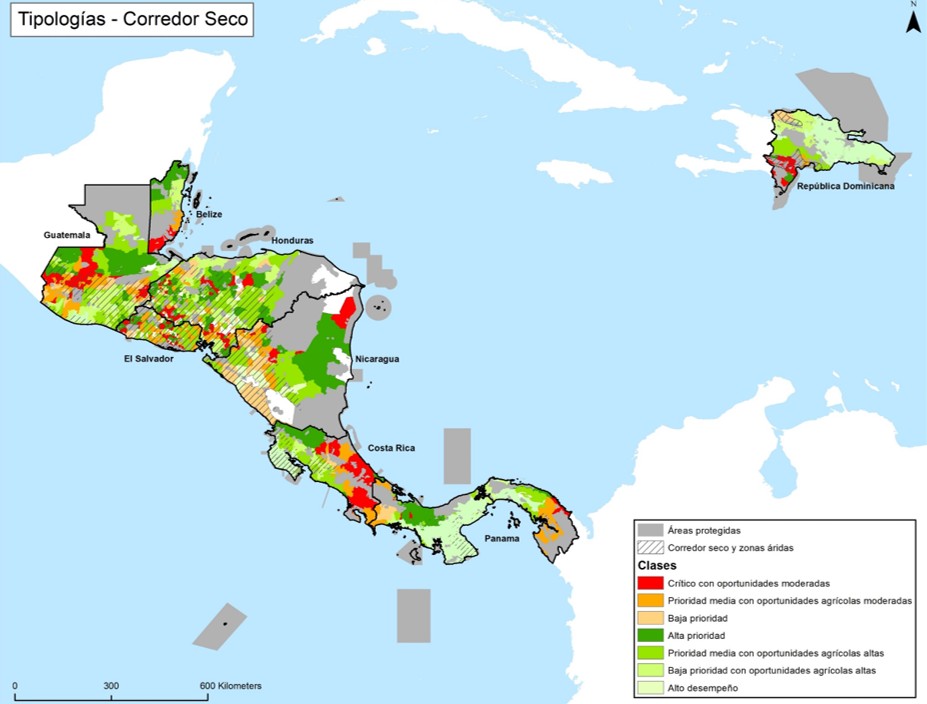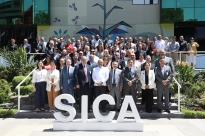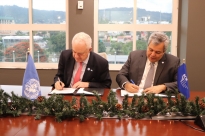
Central American Dry Corridor and Arid Zones in the SICA Region
The dry corridor and arid areas of the countries of the Central American Integration System (SICA) is a territory where approximately 21 million people reside in rural areas, with more than 20% employed in agriculture and over one-third living in poverty.
This region is highly vulnerable to extreme weather events. Rainfall patterns have shifted, with longer rainy seasons and changes in onset and end dates, particularly at the beginning of the rainy season, which significantly impacts rainfed agricultural systems.
Therefore, at the 57th Ordinary Meeting of Heads of State and Government of SICA, the Heads of State and Government acknowledged the importance of the Hand-in-Hand Initiative, promoted by the FAO, to support countries in promoting comprehensive and sustainable territorial development, as well as in identifying investments with a high socioeconomic impact at the territorial level to accelerate agricultural transformation and sustainable rural development.
Videos
The Hand-in-Hand Initiative is being promoted in the SICA region, led by the SICA General Secretariat and coordinated with the Central American Agricultural Council (CAC) and the Central American Commission for Environment and Development (CCAD). It also benefits from the support of other SICA secretariats, such as CEMPROMYPE and the Secretariat for Central American Economic Integration (SIECA), along with the support of the FAO.
Five investment notes have been proposed on the following topics:
- Agricultural zoning for climate risk
- Digital soil mapping
- Strengthening national innovation, development, and research institutes
- MSMEs and digital ecosystems
- Integrated water solutions
News
Data
Microregion typology map

Complementary projects
Flagship Project in seven countries — USD 5 million
CABEI – Ecosystem-Based Adaptation Program for the Dry Corridor and Arid Zones in seven countries — USD 268 million
RECLIMA – GCF – El Salvador — USD 128 million
RELIVE – GCF – KOICA – Guatemala — USD 67 million
Flickr Gallery: Central American Dry Corridor
Contact
Ingrid Saravia
Ciudad de Panamá
tel. (507) 6581-0769

.jpeg?sfvrsn=1896893b_7)
.jpg?sfvrsn=7788a6b6_7)


